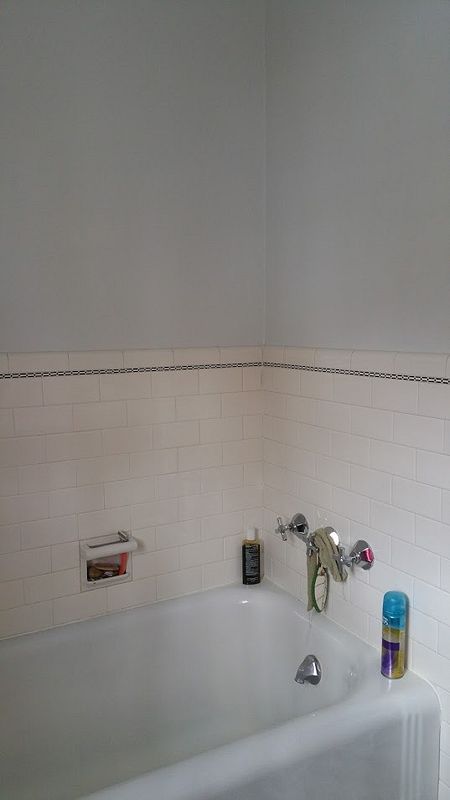Thank you for the video.
I am not entirely sure. But, I imagine I can do a google image search and find the answer.
Gypsum plaster, which was the typical interior wall finishing product of that era is an off-white, coarse material that is easily crumbled, while cement plasters of that era are a light to medium grey, sand and cement material which provides a stable base for tile and could well have been painted, similar to your wall areas above the 3'2" tile wall surrounds you have now.
Tap on the wall above your tile, then walk to the hallway and tap there. If the sound is the same, you probably have gypsum plaster.
Yes, it is porcelain coated in cast iron! I also absolutely love the tub and want to keep it.
If you intend to accomplish the demo yourself there are measures to protect that fixture and if you are going to have this accomplished by others, make sure that provision is specifically stated in your agreement.
I originally I thought I could just replacing the faucet with one that had a diverter and a side outlet.
Tub faucets are available tub, shower, or tub/shower and the outlets in the valve body are orientated for that, bottom, top, or both.
Then just adding a hand shower on a bar over the tile. But, I guess I would have to cover that outlet and instal the faucet above the tub?
Your first reference is and was called an ALSONS and are now marketed by DELTA and GROHE as well as several others and was the legitimate method of retaining the tub, while raising the valve above the flood rim.
I am not exactly sure what I would do with the current faucet opening. I this is my first attempt at a bathroom remodel.
In your case you could do that, or because the tub diverter valve is already above the flood rim, raise the tub filler above the flood rim, and change the existing tub drain to the typical waste and overflow you see today.
Which can be done without damaging the tile.






